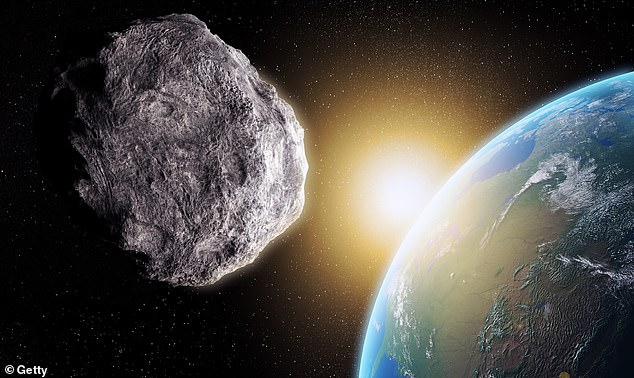
Scientists Trace Earth’s Water to Unexpected Cosmic Source, Disproving Asteroid Origins
Earth’s Water Originated from Its Building Blocks, Not Asteroids, Study Reveals
(Approx. 600 words)
[Image 1: Earth from space, showcasing oceans]
Caption: Earth’s abundant water made life possible, but its origin has long puzzled scientists.
Scientists from the University of Oxford have concluded that Earth’s water didn’t come from asteroids, as previously thought. Instead, hydrogen—a key ingredient for water—was present in the planet’s primordial building blocks. Their findings, published in Icarus, challenge the long-held theory that water was delivered later by space rocks.
Rare Meteorite Holds the Answer
The team analyzed a rare meteorite, LAR 12252, discovered in Antarctica. This enstatite chondrite has a composition similar to the rocky debris that formed Earth 4.55 billion years ago. Using X-ray spectroscopy, researchers detected hydrogen trapped in the meteorite’s chondrules (tiny spherical structures). These areas were rich in hydrogen sulfide, indicating Earth’s original materials contained enough hydrogen to form water.
[Image 2: Meteorite sample from Antarctica]
Caption: The Antarctic meteorite LAR 12252, rich in hydrogen, mirrors Earth’s early composition.
Debunking the Asteroid Theory
Earlier theories suggested asteroids or comets brought water to Earth, as its building blocks were assumed to lack sufficient hydrogen. However, the study shows hydrogen was intrinsic to Earth’s formation. “Water on Earth’s surface is an inevitable consequence of planetary formation,” said co-author Tom Barrett. This implies water-rich planets might be more common in the universe than believed.
[Image 3: Illustration of early Earth formation]
Caption: Hydrogen in Earth’s building blocks (left) may have made asteroid-delivered water (right) less critical.
Methodology: X-Ray Clarity
The team used X-Ray Absorption Near Edge Structure spectroscopy to distinguish between the meteorite’s original hydrogen and contamination. Hydrogen sulfide was concentrated in chondrules, while contaminated areas (like rusted cracks) showed none. This confirmed the hydrogen was ancient, not from Earth’s environment.
Implications for Life Beyond Earth
While some surface water arrived via asteroids, most of Earth’s water—especially underground reserves—originated from its initial materials. Co-author Dr. James Bryson noted this discovery could reshape how we assess habitability on exoplanets: “If hydrogen is a natural byproduct of planet formation, water worlds may be widespread.”
[Image 4: Artist’s concept of a water-rich exoplanet]
Caption: Planets forming with hydrogen-rich materials could naturally host oceans, boosting potential for life.
Asteroids vs. Earth’s Building Blocks
- Asteroids: Deliver some surface water but not the majority.
- Enstatite Chondrites: Contain hydrogen sulfide, proving early Earth had enough hydrogen to form water.
Why This Matters
The study highlights that Earth’s water wasn’t a cosmic accident but a predictable outcome of its formation. Future research will explore how and when this hydrogen transformed into the oceans we see today.
[Image 5: Close-up of chondrules in a meteorite]
Caption: Chondrules in meteorites like LAR 12252 preserved hydrogen for billions of years.
Key Takeaways
- Earth’s water originated from hydrogen in its primordial materials.
- Rare meteorites, not asteroids, provided the evidence.
- The findings increase the likelihood of water on other planets.
This breakthrough not only solves a planetary mystery but also fuels optimism for discovering life beyond Earth.
Factbox: Space Rocks at a Glance
- Asteroid: Rocky debris orbiting the Sun, mostly in the Mars-Jupiter belt.
- Comet: Ice-rich body with elongated orbits.
- Meteoroid: Small debris becoming a meteor (shooting star) if it burns up in the atmosphere, or a meteorite if it lands on Earth.


